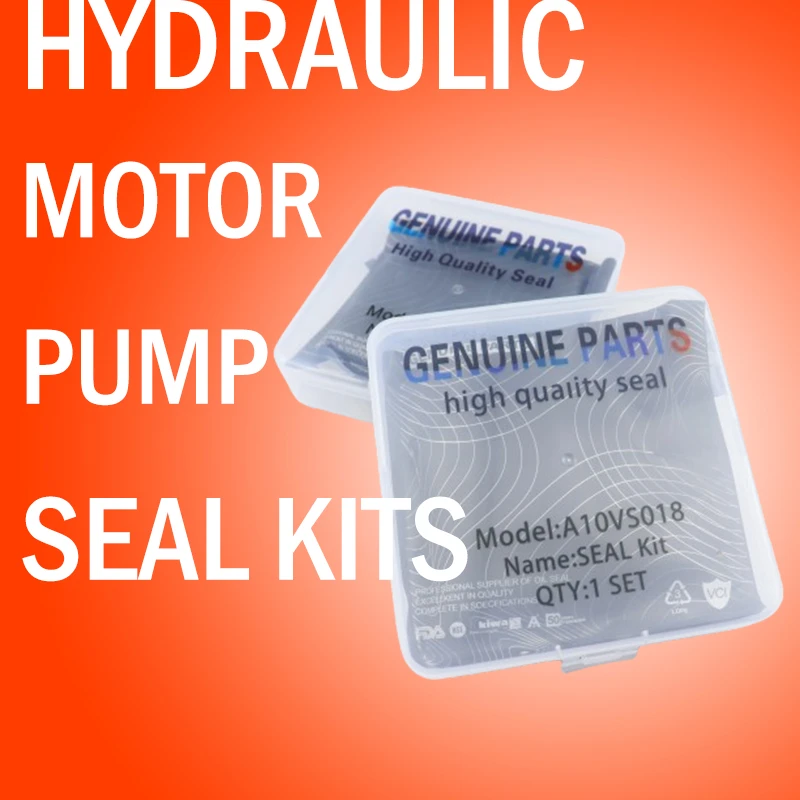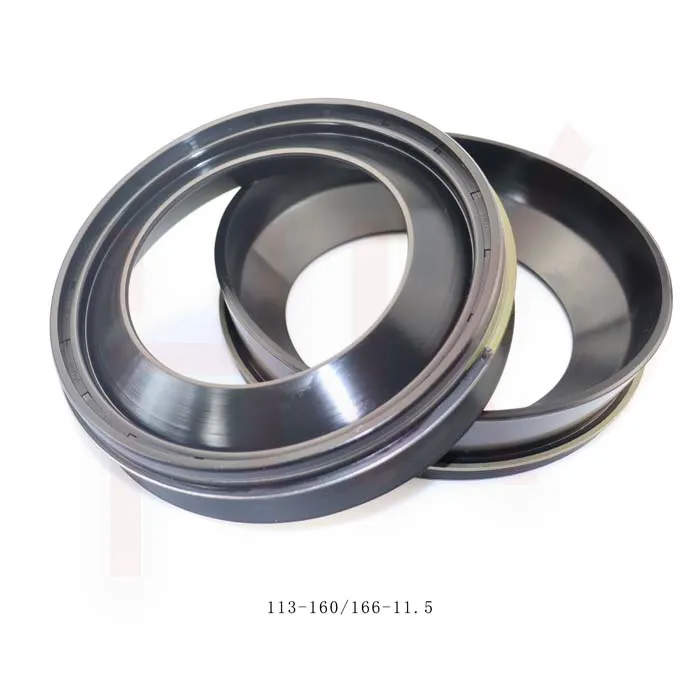Nov . 20, 2024 09:49 Back to list
seal kits
Seal Kits Essential Tools for Maintenance and Repair
When it comes to the maintenance and repair of machinery, equipment, and various hydraulic systems, seal kits play a crucial role. They are essential components that ensure the proper functioning and longevity of machines by preventing leaks and maintaining pressure. In this article, we will explore the importance, components, and applications of seal kits, as well as how to choose the right one for your needs.
Understanding Seal Kits
Seal kits are collections of seals, O-rings, gaskets, and other components that are used to create a barrier between two surfaces, preventing the leakage of fluids and contaminants. They are commonly utilized in hydraulic systems, pneumatic systems, and various types of machinery, including excavators, forklifts, and manufacturing equipment.
The primary purpose of a seal kit is to ensure the integrity of the system it’s installed in. Over time, seals can wear out due to friction, temperature changes, and exposure to harsh chemicals, leading to leaks that can compromise the performance and safety of the equipment. By using seal kits for maintenance and repair, operators can quickly replace worn-out seals and gaskets, reducing downtime and enhancing productivity.
Components of a Seal Kit
A typical seal kit may include various components designed for specific applications. The most common components are
1. Seals These might include lip seals, radial seals, or quad rings made from rubber, polyurethane, or other materials. They are engineered to fit into grooves and provide a tight seal, preventing fluid leakage.
2. O-Rings O-rings are circular seals that sit in a groove to prevent leakage between stationary and dynamic components. They come in various sizes and materials to suit different needs.
3. Gaskets Gaskets are flat seals that fill the space between two or more mating surfaces. They are typically made from materials such as cork, rubber, or metal and are used in applications where a flat surface is required.
4. Back-up Rings These are used in conjunction with O-rings to prevent extrusion under high-pressure conditions. They provide additional support to the O-rings and help maintain the seal's integrity.
5. Cylinder Packing In hydraulic applications, cylinder packing helps maintain pressure and prevents fluid leaks, ensuring the efficient operation of hydraulic cylinders.
Applications of Seal Kits
seal kits

Seal kits are widely used across various industries, including
- Construction and Heavy Equipment Excavators, bulldozers, and loaders utilize seal kits to prevent leaks in hydraulic systems, ensuring smooth operation
.- Automotive Cars and trucks require seal kits for engine assembly, transmission systems, and fuel systems to maintain performance and prevent leaks.
- Manufacturing Machinery in factories often uses seal kits to ensure that hydraulic and pneumatic systems operate efficiently.
- Marine Boats and ships depend on seal kits to keep their hydraulic systems and equipment water-tight and functioning correctly.
Choosing the Right Seal Kit
When selecting a seal kit, several factors should be considered
1. Application Requirements Understand the specific needs of your machinery or equipment. Different applications may require different types of seals and materials.
2. Material Compatibility Ensure that the materials used in the seal kit are compatible with the fluids they will encounter, such as oil, water, or chemicals. This prevents deterioration of the seals and extends their lifespan.
3. Size and Fit Accurate measurements are critical. An incorrectly sized seal can result in leaks and system failure.
4. Quality and Standards It’s advisable to choose seal kits from reputable manufacturers that adhere to industry standards. Quality products tend to last longer and perform better.
Conclusion
Seal kits are vital components in ensuring the efficiency and longevity of various mechanical systems. By preventing leaks and maintaining pressure, they contribute to the optimal performance of machinery and equipment across multiple industries. Whether for construction, automotive, manufacturing, or marine applications, understanding the components and importance of seal kits can help operators make informed choices, leading to improved productivity and reduced downtime. Regular maintenance using seal kits not only saves money but also enhances the safety and reliability of equipment, making them an indispensable tool in any maintenance strategy.
-
Reliable Oil Seal Wheel Hub Solutions for Industrial & Automotive Use
NewsNov.17,2025
-
Durable Front Hub Oil Solutions for Industry – HKAiSeal
NewsNov.17,2025
-
Wholesale Hydraulic Pump Motor Seal Kit A4VSO250 | In Stock
NewsNov.17,2025
-
Pump Seal Kits: Essential Components for Industrial Reliability
NewsNov.17,2025
-
TCV Oil Seal - Double-Lip, Spring-Loaded, High Temp & Wear
NewsNov.17,2025
-
Hydraulic Seal Kits: Reliable Solutions for Industrial Equipment
NewsNov.17,2025
-
Combined oil seal 659214 12001903B, fits 119990, NBR OEM
NewsNov.17,2025
Products categories
















